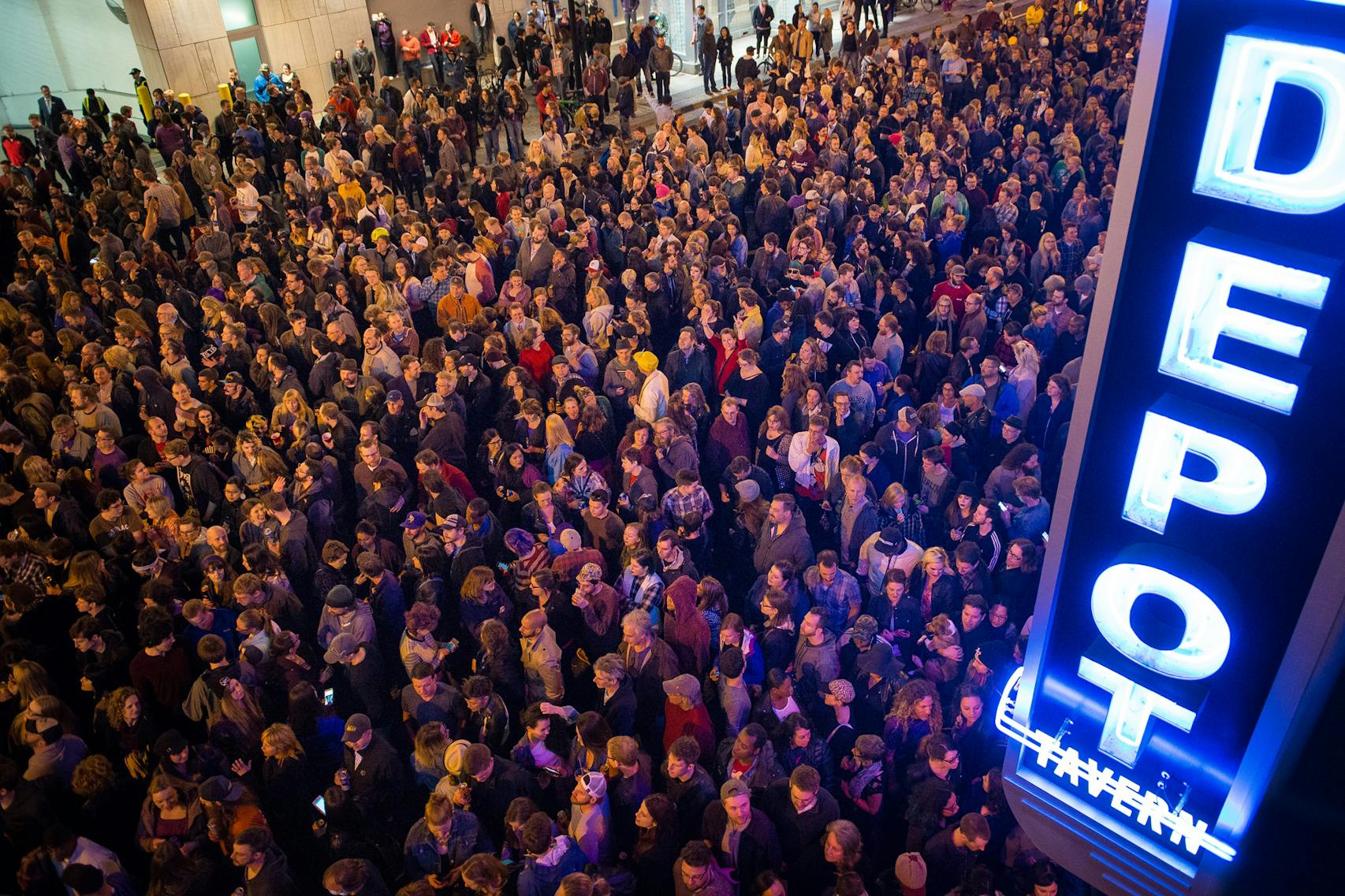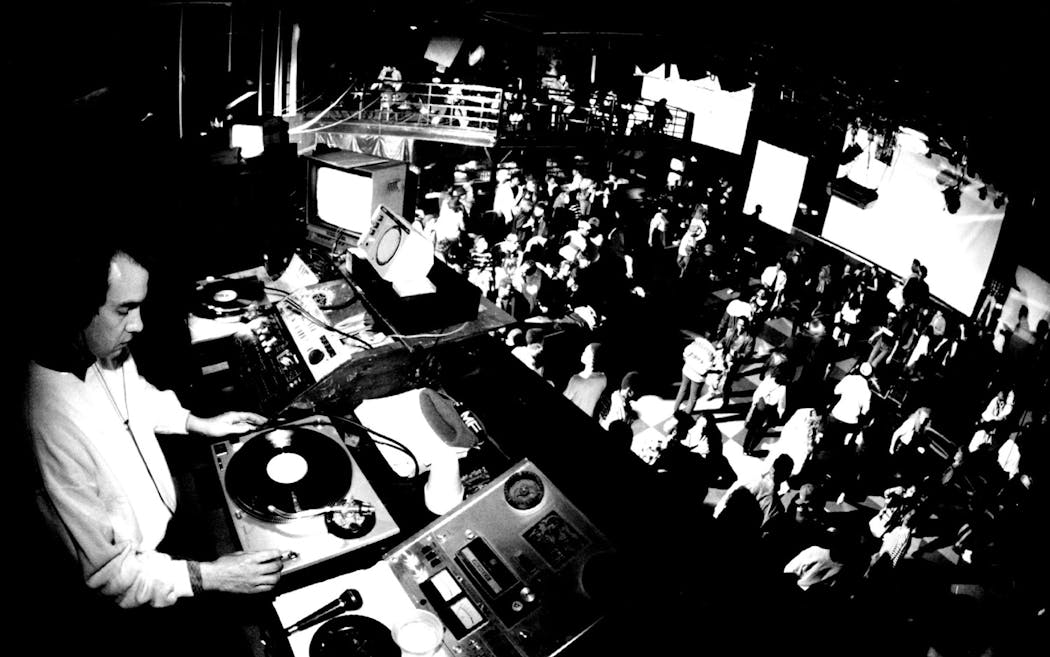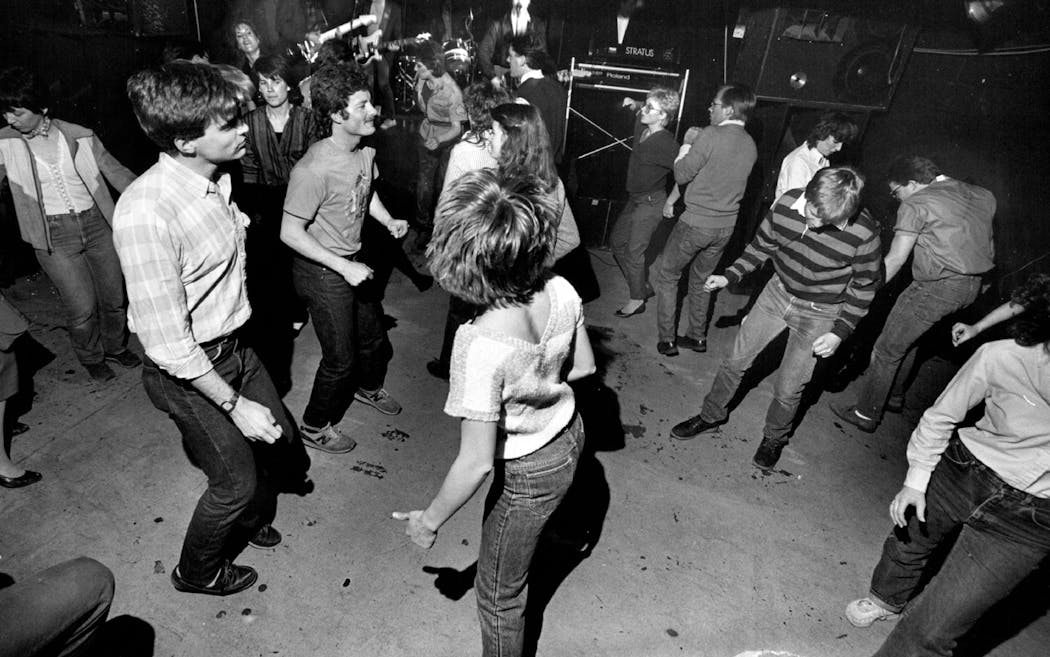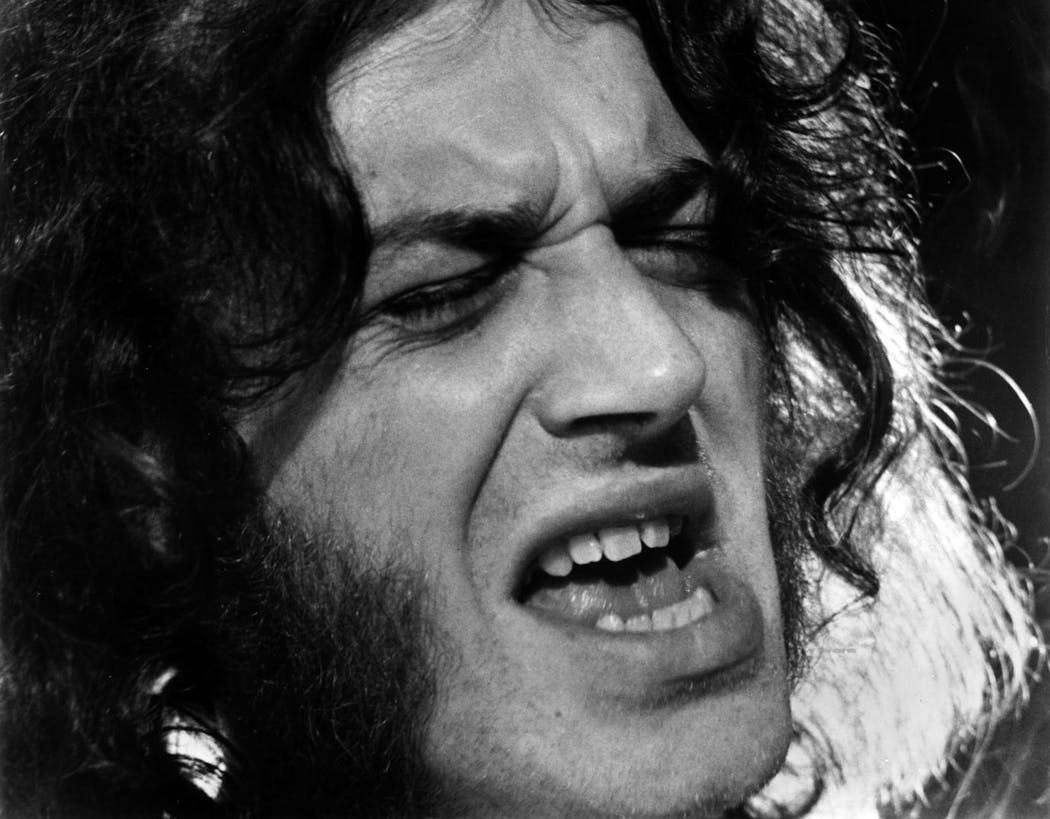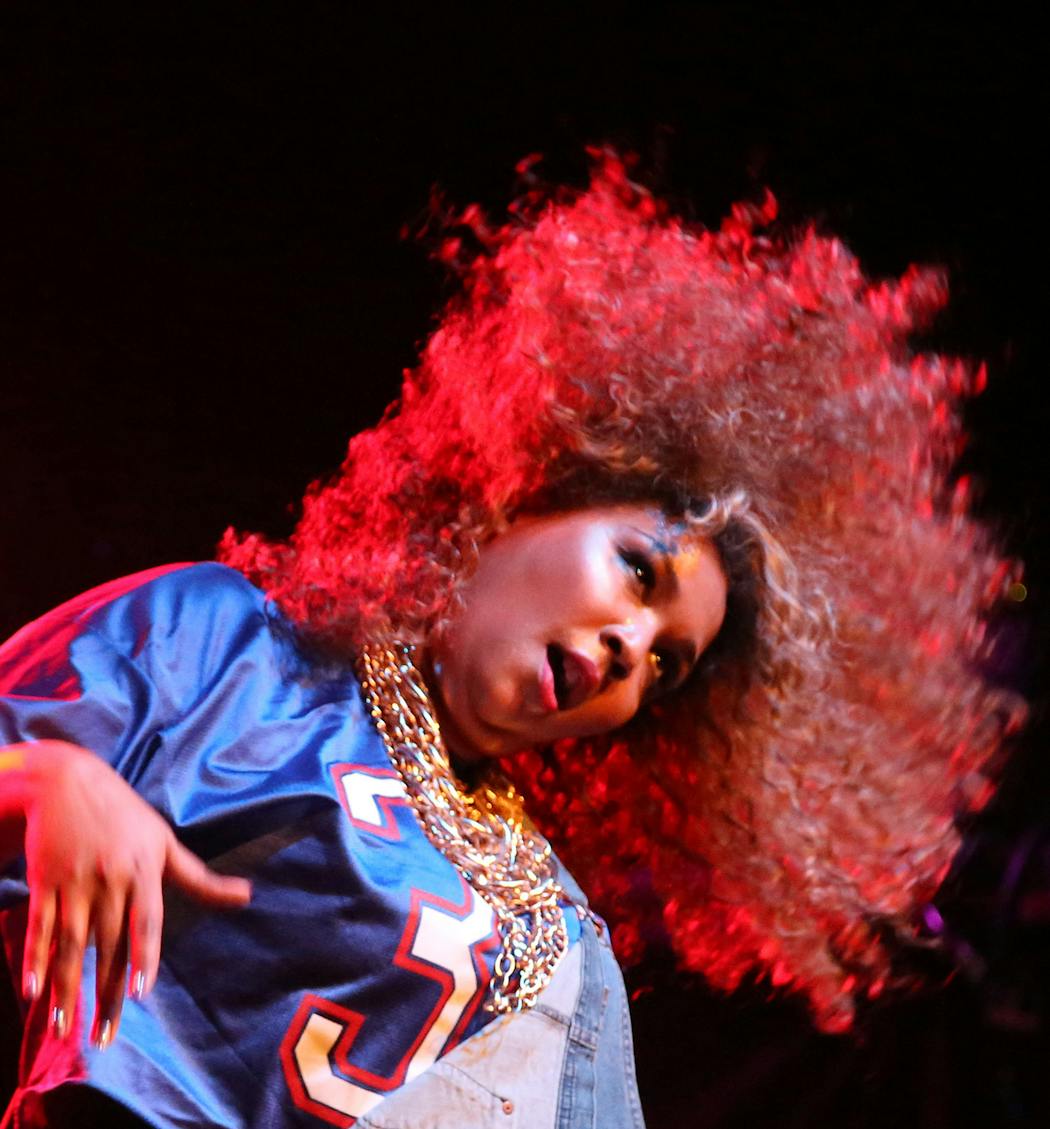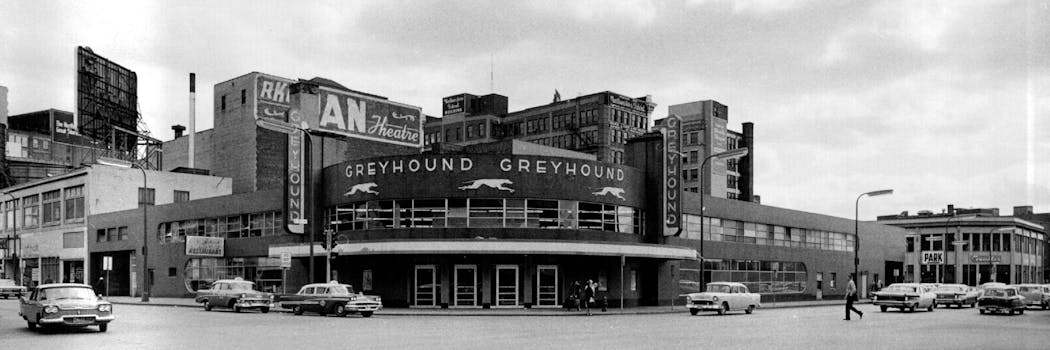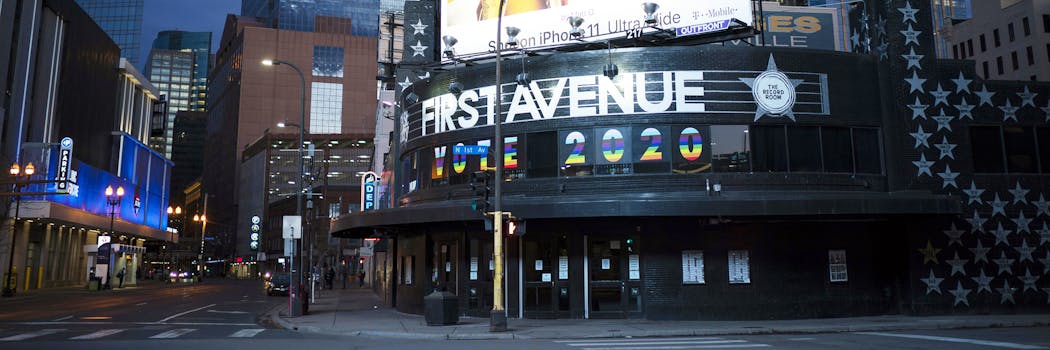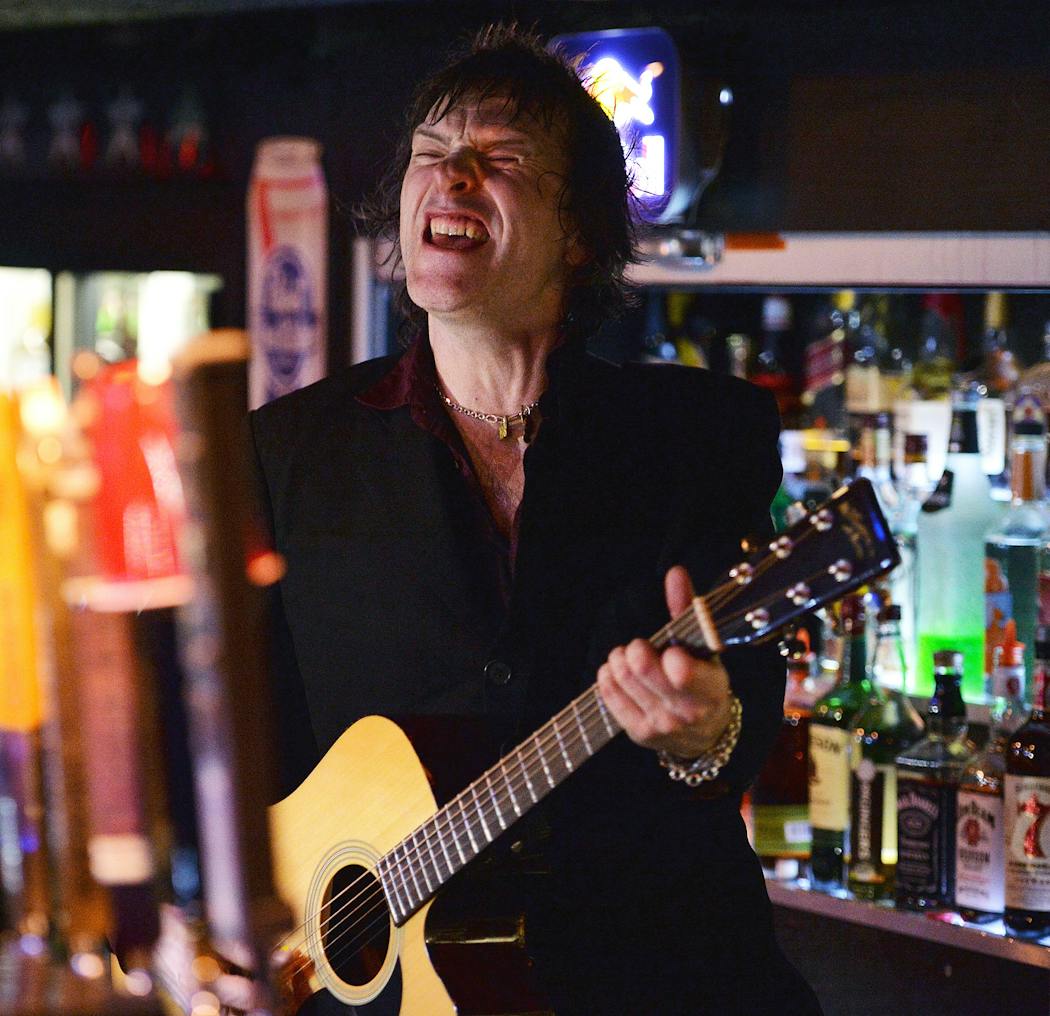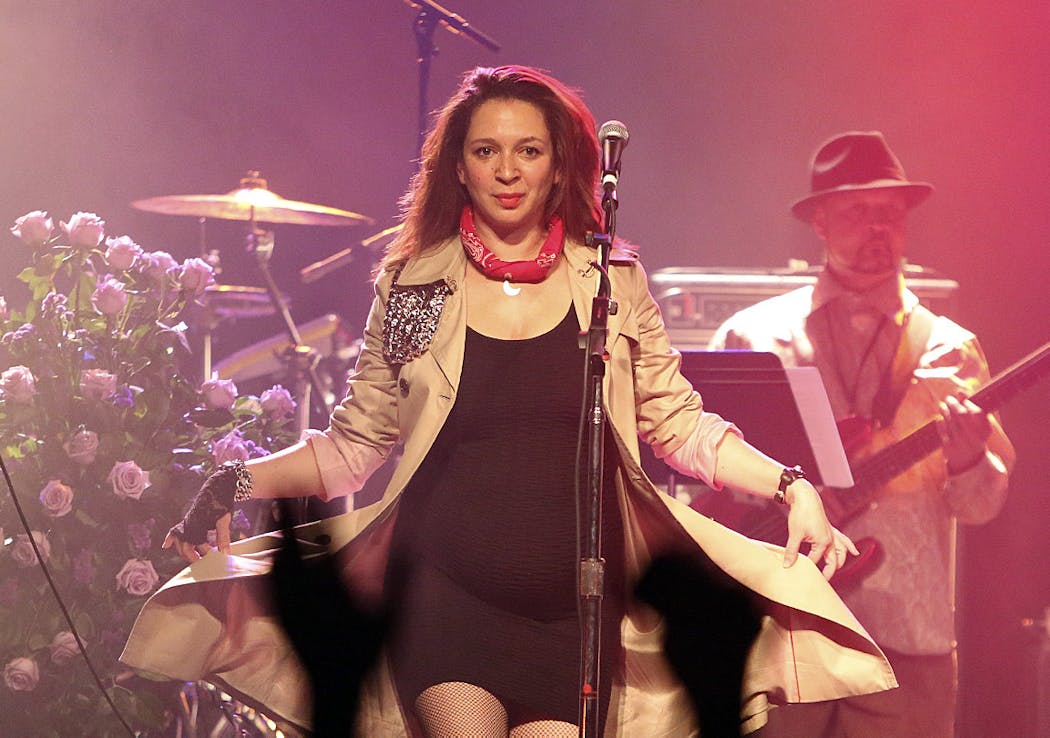From Joe Cocker to Lizzo: 50 fun facts for First Avenue's 50th anniversary
If there's one lesson to be gleaned from the unexpectedly long life span of Minnesota's most legendary music venue, it's that things rarely go as planned in rock 'n' roll.
Starting with its wild opening night, April 3, 1970 — when Joe Cocker rolled in with a 40-member entourage, including a dog — First Avenue nightclub has seen more chaos and calamity than any other building in downtown Minneapolis except maybe the Hennepin County jail, which maybe has the nicer bathrooms.
The club survived a ceiling collapse in 2015 (and now it's never been sturdier). It carried on after a nasty bankruptcy battle in 2004 (and has been profitable ever since). It endured the late-'70s disco craze (and still hosts many a dance night). It even somehow withstood the tornado that was Prince and "Purple Rain" in the 1980s (a bond reinforced by the tributes there the night of his death in 2016).
Still, no one could have foreseen what First Ave would be facing on the eve of its 50th anniversary. All shows — including gigs at sister venues such as the Palace Theatre and Turf Club — have been called off through April due to the coronavirus. This was supposed to be the week of its 50th anniversary concerts with the Hold Steady, Neko Case, Golden Smog and Heart Bones, but those are all waiting to rescheduled.
The celebration was already well underway, though. The Minnesota History Center opened its entertaining exhibit "First Avenue: Stories of Minnesota's Mainroom" last April and hopes to reopen it before May 3. Twin Cities Public Television has also been readying a new documentary, "First Avenue: Closer to the Stars," which will premiere Monday night.
Now might be the best time ever to celebrate the venue, which will have to prove itself once again over the next few weeks as one of the most unsinkable warships in rock 'n' roll.
Here are 50 random facts about First Ave to keep the celebration going.
Before it was First Ave
1. Forget Joe Cocker. The first musical act to perform in the building was actually the Gopher Melody Men, an orchestra recruited for opening day of the Greyhound Bus Terminal in 1937.
2. The Mann theater family, which owned the neighboring Pantages, wound up owning the bus depot after it closed. It sat empty for about two years before they rented it out to the Depot nightclub.
3. Acts that performed there during the Depot era (1970-1971) who later returned after it became First Avenue in 1982: Cocker, Tina Turner, Iggy Pop, John Lee Hooker, the Kinks' Ray Davies, the Faces' Ian McLagan.
4. Acts from the Depot era never seen there again: B.B. King, Frank Zappa, Alice Cooper, the Flying Burrito Brothers, Canned Heat, Jethro Tull, Ike Turner, the Faces' Rod Stewart and Ronnie Wood.
5. A sign of the times: The Kinks appeared at an antiwar rally on the University of Minnesota campus while in town for their two Depot shows in 1970, just a few weeks after they recorded "Lola" back home in England.
6. There were loose discussions with promoter Bill Graham in San Francisco before the opening of the Depot that could have led to it being called the Fillmore Midwest. (A Fillmore did eventually open in Minneapolis five decades later, under Live Nation ownership, in direct competition with First Ave.)
7. The Depot was the smallest venue on Cocker's legendary Mad Dogs & Englishmen Tour. That helped some of the 27 band members remember the two-night stand decades later, as did memories of the thousands of carnations that original co-owner Allan Fingerhut sprinkled around the room for opening night.
8. Fingerhut and his longtime friend and accountant, Byron Frank, often played pinball together in the building as kids. They wound up battling it out in federal bankruptcy court over the property in 2004, after which Frank became the club's primary owner.
9. The Allman Brothers were due to play there in June 1971, but a cash-strapped Fingerhut couldn't pay them upfront and had to shut down the Depot, the first time the venue closed for an extended period. It reopened the following summer as Uncle Sam's.
10. Cheap Trick is the rare band that played during the club's disco-dominated Uncle Sam's era (1972-1979) and later returned in the First Ave years. They had a different singer in 1973, though: Xeno Hogan, who later played there with Straight Up, a group featuring a U student from Greece on keys, Yiannis Chryssomallis — later known as New Age music guru Yanni.
Before they were famous
11. At their first of two appearances in April 1981, the nice guys of U2 gave their stash of free beer to members of opening band the Panic — local high-schoolers who included future Trip Shakespeare singer Matt Wilson.
12. Pearl Jam's first First Ave gig was as a late addition opening for Trip Shakespeare and John Eller & the DT's in July 1991. The openers went on so early that the club was still three-quarters empty.
13. Pearl Jam came back eight months later as headliners and literally overpowered the place. The electricity temporarily cut out midway through the set, prompting a true unplugged set a few months before the band taped its "MTV Unplugged" special.
14. Nirvana played 7th St. Entry twice 1989-90, the second time opening for a band that at least one future music critic thought would be the biggest group out of the then-simmering Seattle scene: Tad. Hey, I was right about Lizzo anyway.
15. Courtney Love, who had lived in Minneapolis a few years before, showed up unexpectedly when Nirvana packed the main room in October 1991. She later claimed that was the night she and future husband Kurt Cobain conceived their daughter, Frances Bean.
16. Wilco played its first roadshow at 7th St. Entry in November 1994, just eight months after frontman Jeff Tweedy's prior band Uncle Tupelo played two of its last shows in the main room.
17. Shirley Manson and Garbage played their very first show in the Entry in 1995. They brought along a soundboard too big to fit inside the Entry's permanent sound booth.
18. The Strokes' pair of sold-out Entry sets in October 2001 only lasted 50 minutes each — the duration of their debut album "Is This It" plus the outtake "New York City Cops," which had been cut from the record at the last minute in the aftermath of the Sept. 11 attacks.
19. The supergroup Audioslave, featuring late Soundgarden singer Chris Cornell and members of Rage Against the Machine, played its second roadshow ever in the main room in February 2003. Tickets sold out in four minutes.
20. Lizzo's first solo performance there was as the first of three openers for Aby Wolf in the Entry in February 2013. Her first solo set on the main-room stage was opening for Har Mar Superstar later that year, a night many local scenesters firmly declared her a star-in-waiting.
About the building
21. Capacity in the main room is now 1,550 people. Through much of the '70s and '80s before many fire safety updates were made, it hovered more around 2,000.
22. The wall behind the stage — where passengers would exit to board their buses in the depot days — is curved like the front of the building, a trait many believe makes for naturally good acoustics.
23. The garage-door front of the club's in-house restaurant, the Depot Tavern (opened in 2010), is right where a garage door was located decades earlier for buses to pull through to the back garage.
24. The first public address system used in 7th St. Entry after it opened in 1980 were home speakers that manager Jack Meyers had bought a few years earlier while based in Germany with the Air Force.
25. In the mid-'80s, production staff created a "secret room" beneath the main stage called the Subhuman Room, cordoned off by gear stacked around the edges. Nothing illegal ever went on there, though (ahem).
26. The backstage dressing room (actually to the side of the stage) is a narrow former storage space that looks nothing like the backstage scenes in "Purple Rain." Those were actually filmed at the Orpheum and a soundstage.
27. First Ave's real dressing room did later show up in a movie: The Wilco documentary "I Am Trying to Break Your Heart" shows Soul Asylum frontman Dave Pirner in there mooching off the visiting band's pizza.
28. That dressing room did not have its own toilet until about 1990, which made for many awkward run-ins with rock stars in the public restrooms upstairs over the years. A Tina Turner show in 1984 was even allegedly delayed by the lack of a private facility.
29. The second-floor space past the women's restroom, which used to host dance events as the Record Room and VIP Room, was turned into much-needed office space in recent years after the club acquired four other venues (including the Fitzgerald and Fine Line).
30. Painted on First Ave's exterior walls are 530 stars, about 10% of which await to be inscribed with the names of newcomers. The most recent additions include the Revolution, Jenny Lewis, Phantogram and Chvrches.
About the people
31. The club's longest-tenured employees are Roy Freid, aka Roy Freedom, who started as a DJ in 1978 and circulates the calendars today; and affable upstairs bartender Peter Rasmussen, who dates back to 1982.
32. Widely recognized as the independent music champion who made First Ave what it is, starting in 1979, former general manager Steve McClellan was hired in 1973 amid the corporate culture of American Events, the Cincinnati-based company that ran Uncle Sam's as a chain of disco clubs in six other cities at the time. He even attended board meetings and penned an operations manual for the chain.
33. When the club turned independent again in 1979, McClellan and employee Danny Flies had the obviously fortuitous idea to turn the former bus depot cafe space — used as a coat room, arcade and storage area in the interim — into 7th St. Entry in March 1980. Not so great an idea: McClellan first wanted to name it the Tangent.
34. Production manager Conrad Sverkerson, who started in 1988, cut off his widely recognized waist-length dreadlocks in 2006 and donated them to a hair charity, much to the chagrin of Minnesota History Center exhibit curators who wanted those dreads for display 13 years later.
35. Ex-employees scattered around the country include longtime club DJ Kevin Cole, now program director at Seattle's revered public radio station KEXP; Rich Best, now the head booker in Live Nation's Los Angeles division; and comedians Lizz Winstead and Tom Arnold, who were hired for various hosting jobs and helped put on the Comedicus Spasticus shows in the early '80s.
36. Slim Dunlap and the late Bob Stinson essentially swapped jobs as janitors at the club after Dunlap was hired to replace Stinson as the guitarist in the Replacements in 1987. Slim's wife, Chrissie Dunlap, also worked at the club as a talent booker in the '80s.
37. Just a fixture there but never on staff, late bassist Karl Mueller — the punk-rock backbone of Soul Asylum — counted Culture Club's pair of 1984 gigs as an all-time favorite show.
38. When the club suddenly shut down to bankruptcy for 19 days in 2004, First Ave's young bookers Nate Kranz and Sonia Grover worked without pay to move a dozen-plus shows to other venues, including the local debut by Arcade Fire. Kranz and Grover still run the show(s) there.
39. Mostly retired by the time he became First Ave's primary owner in late 2004, Byron Frank told his two daughters a few years later he would consider selling the club to Live Nation if one of them did not want to take over.
40. Now a decade into growing First Ave as a multivenue mini-empire, Dayna Frank was working as an associate producer for VH1 when she took up her dad's invite/threat. Her wife, Ember Frank, is still in the TV and film business as one of Drew Barrymore's producers.
After they were famous
41. An occasional audience member going back to the Depot years, Bob Dylan was booked to perform there during a run of smaller-than-normal venues in 2004. He backed out just before the $50 tickets went on sale.
42. Paul Simon did what Dylan should've done and played the similarly well-aged club in 2009. However, Simon's $51 tickets have since been topped by Lauryn Hill's $77 return in 2016 as the priciest regular (noncharitable) show to date.
43. The White Stripes paid homage to Bob Dylan by covering his song "Love Sick" but did not play their then-red-hot hit single "Fell in Love With a Girl" during their lone main-room set in 2002.
44. The Foo Fighters, Weezer, System of a Down and Death Cab for Cutie all returned to play special promotional "underplay" gigs at First Ave in the 2000s when they were big enough to fill much bigger venues.
45. When she sang there with her tribute group Princess at Bobby Z's Benefit 2 Celebrate Life in 2013, actress and "SNL" alum Maya Rudolph followed in the footsteps of her late mother, "Loving You" singer Minnie Riperton, who performed there with the Rotary Connection during the Depot era.
46. The first show of the Beastie Boys' 1992 tour for the "Check Your Head" album — their first playing instruments — was at First Ave after a week of rehearsing at Paisley Park, where they got in trouble with the landlord for skateboarding around the curve-cornered soundstage.
47. Grammy-winning songwriter Lucinda Williams encored with Keith Richards' "Happy" and AC/DC's "It's a Long Way to the Top" after marrying her Minnesotan husband Tom Overby on stage in 2009.
48. Guided by Voices, the Suburbs, the Descendents, Hüsker Dü, Bob Mould's Sugar, Impaler, Trampled by Turtles and jazz legend Ramsey Lewis are among the acts to issue live albums from the club. Lewis' 1970 LP "Them Changes" was the first. Bootlegs of Prince, the Replacements, U2 and Nirvana playing there also abound.
59. Prince's final gig there in July 2007 followed a 2 ½-hour show across the street at Target Center and did not start until 2:45 a.m. Minneapolis police shut it down about 50 minutes in, citing a curfew.
50. First Ave was able to host all-night dance parties after Prince's death in 2016 thanks to the so-called "Prince permit," a deal hammered out with city officials after that abbreviated 2007 gig. The plan was to already have a green light the next time the purple wonder showed up late to play there.
Chris Riemenschneider • 612-673-4658 • @ChrisRstrib



